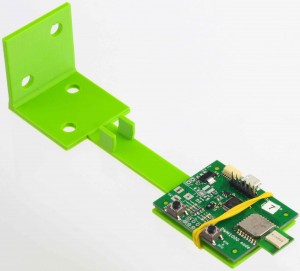If you are one of the lucky ones getting a Crazyflie for Christmas we are happy to tell you there is a new and fresh “getting started” guide to help you get going :-).
Before going on holiday me and Kristoffer published an updated version for the “getting started” part of the website which we are very happy about. Besides making a new edition of the “Assembling” part we have also added “Installing on a smartphone”, “Installing on a computer” and “Flying”.
We are hoping that these new additions for the “Getting started” section will be a big help for everybody who just got a Crazyflie for Christmas and feel unsure about how to start. Also this is an additional way to help people finding out if the Crazyflie is right for them, who otherwise might feel uncertain about buying one or not.
If you have any comments or suggestions about the new “Getting started” please feel free to contribute we are always open to ideas about improvements and tweaks.
It’s been a hectic time here att Bitcraze before Christmas with new decks coming out and the ongoing re-design of the website among others. So we are all taking some time off during the holidays but we will be answering email and support issues. However it might take a bit longer time since we will be occupied with drinking swedish glögg, french wine and stuffing ourselves with chocolate.


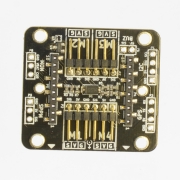
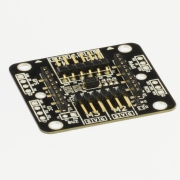
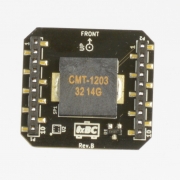
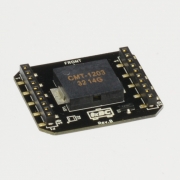
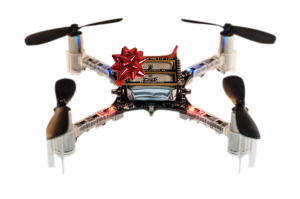 It’s that time of year again, time for Christmas shopping. This year we thought that we would plan ahead and produce more units before Christmas to meet the demand. It was a great plan, but there were some hick-ups on the way. Originally the plan was that a fresh batch of Crazyflie 2.0’s would be rolling out of production right around now and being available in
It’s that time of year again, time for Christmas shopping. This year we thought that we would plan ahead and produce more units before Christmas to meet the demand. It was a great plan, but there were some hick-ups on the way. Originally the plan was that a fresh batch of Crazyflie 2.0’s would be rolling out of production right around now and being available in 